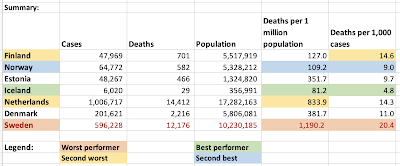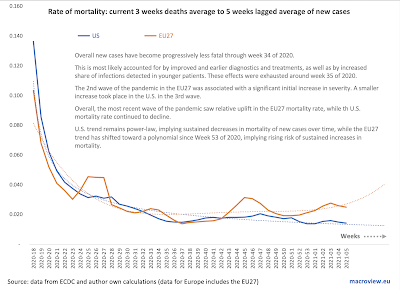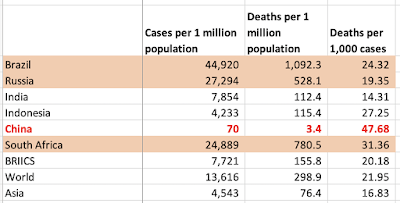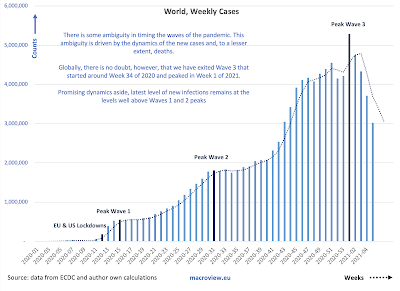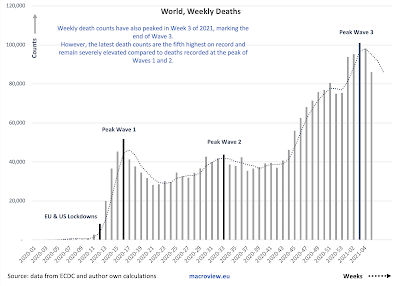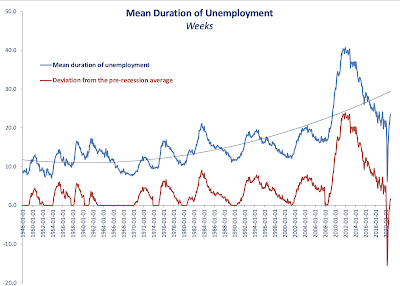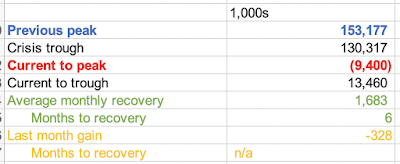A fascinating fresh survey of microeconomics literature on crypto currencies: "The Microeconomics of Cryptocurrencies" by Hanna Halaburda, Guillaume Haeringer, Joshua Gans, Neil Gandal (CESifo Working Paper 8841, 2021, NBER version link here: https://www.nber.org/papers/w27477).
The paper is really too extensive to summarize here, so I encourage everyone interested in cryptos to read it. I can, however, offer some non-priority ordered comments on some of the passages I find interesting and novel.
Let's start with 'efficiency' and the 'nothing-at-stake problem'. Authors reference Saleh (2019) which derives "sufficient conditions that guarantee that consensus" to fork is an equilibrium. "Saleh then derives two additional results.
- "First, restricting the ability to large stakeholders facilitates and speeds up consensus in case of a fork. The intuition is that [large] stakeholders have the most to lose from a disagreement, i.e., from the persistence of two or more branches." This seems to me a built-in incentives mechanism for increasing concentration of holdings of cryptos. Just as monopolistic power can lead to cartelization and collusion, so is the need for faster / more efficient consensus on development can lead to market dominance and concentration. The side effect of this would be likely reduced liquidity and also likely manipulation of exchange rates. Neither is good for cryptos susceptible to concentration becoming actual money (unit of account, unit of storage, unit of exchange).
- Second, "Saleh finds that the lower the miners' reward the better. The reason behind this counter-intuitive result is that low rewards enable the accumulation of vested interest in the blockchain (i.e., miners have less incentives to cash out their tokens). Given this, preserving one's vested interest in the blockchain (the tokens) increase the incentives to favor consensus." This is ugly. It further compounds holdings concentration and reduces liquidity. Worse, by inducing longer holding time horizons, it risks potential over-reaction to price movements in the longer run, so that markets price discovery can be severely restricted, and financial bubbles can form and inflate faster and more viciously.


